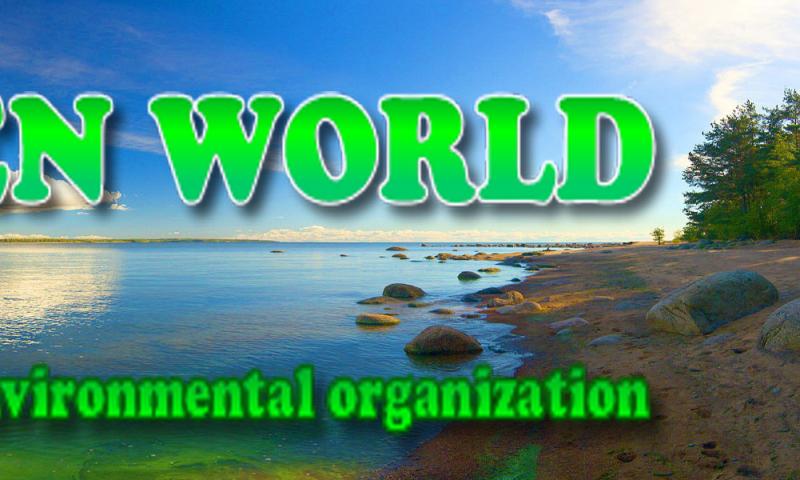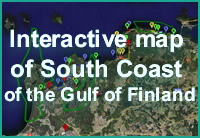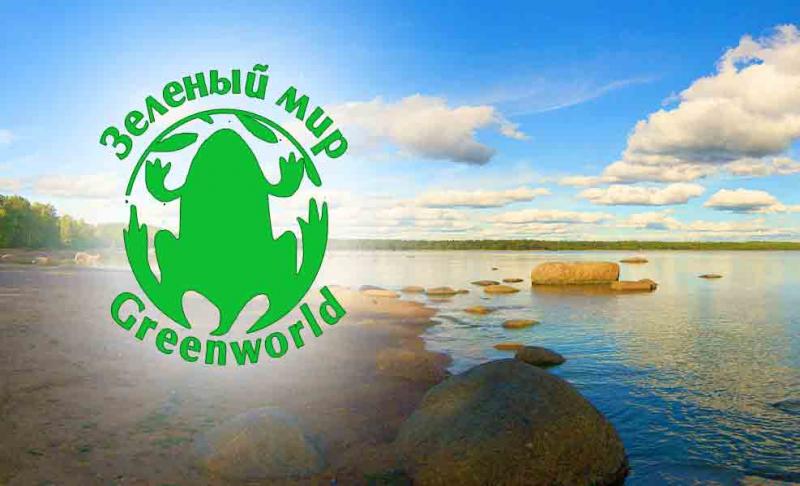
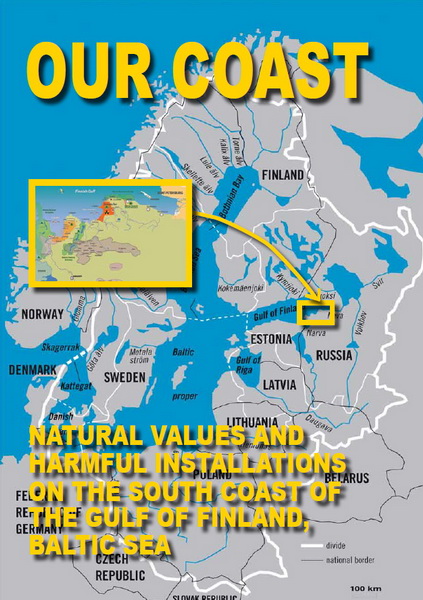 |
The South Coast of the Gulf of Finland |
|---|---|
| Natural Values and Harmful Installations |
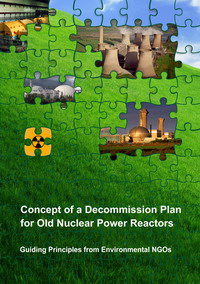 |
Concept of a decommission plan for old nuclear power reactors |
|---|---|
| Guiding Principles from Environmental NGOs |
The Devaluation of the Nuclear Ambitions of Russia
By 2015 Russia will put into operation 20-25% less power capacity than originally had been planned several years ago. This reduction will affect nuclear power plants to a large extent. In the coming 5 years the power of nuclear power plants will be introduced at a level that is 2.5 times less than projected by government plans. This was reported on 23 March 2010 by the newspaper Vedomosti referring to the Ministry of Energy of Russia).
The change of nuclear plans will affect Leningrad NPP-2 (LNPP-2), built on the shore of the Gulf of Finland, 40 km west of the border of St. Petersburg. This was reported on 24 March 2010 in the Sosnovy Bor newspaper MAYAK (LIGHTHOUSE) with reference to the Director’s Office of the station under construction http://www.mayak.sbor.net/.
The launch of the first energy bloc LNPP-2 with a VVER-1200 reactor is planned for autumn 2013. The second block’s launch is postponed from 2014 to 2016, the third to 2018, and the fourth to 2019. At the same time the cost of the first two blocks has increased and reached 220 billion rubles (5.5 billion Euros).
The costs of nuclear electricity from the new LNPP-2 will inevitably rise for several reasons:
- First, in Sosnovy Bor, which is next to the station under construction, a wave of protest of citizens is rising up against the new cooling system of that station. Rosatom wants to use for cooling the station a less expensive “wet” cooling tower, which is more dangerous to the health of people and nature. Through six of these towers of 175 meters in height, every day up to 200 000 tons of moisture in the form of vapor and small drops of brackish Baltic water will be dispersed into the air. And the problem is not only in the salinization of soils and increase of moisture into the air in a maritime climate that is already humid. The emissions from the steam cooling towers will also contain radioactive aerosols emitted through the ventilation pipes of the old LNPP (4 blocks with RBMK-1000 reactors)! Yes, and that aerosolized sea water from the cooling towers and removed from the Gulf is far from clean! As the calculations of the new station’s architects show, the maximum deposition of the radioactive mixture in the atmosphere will occur in the range of 3-6 km from the towers, creating additional health risks for the 67 000 residents of Sosnovy Bor and residents of thousands of garden plots in this zone.
- Second, the inevitable rise in price of the real cost of nuclear electricity new LNPP-2 is related to the cost of construction of a plant to reprocess spent nuclear fuel, which will be held in Siberia. Yes, and rehabilitation activities after work such plant, as experience shows RT-1 plant in the Chelyabinsk region, can cost as much nuclear power plants.
- Third, after the start of the new LNPP-2, it will be necessary to decommission the four reactors of the old LNPP, which will have been operating for 45 years (150% of their originally planned resource). But this will require up to 200 billion rubles ($ 5 billion Euros), if the decommissioning proceeds as with the Ignalina plant in Lithuania, which has the same type of reactors. At the same time, the Russian Fund (reserve) for decommissioning is not accruing any savings. The Fund is empty! So, Russian politicians seem to be intending to shift the problem of the old LNPP onto the shoulders of future generations of taxpayers of Russia and of the Baltic region. Remember, some 15 years ago, the European Bank for Reconstruction and Development (ie, the taxpayers!), split the costs for a program to upgrade the safety of the LNPP for $ 40 million!
tel. +7 921 74 52 631
The distribution of our information is encouraged.
When reprinting please refer to our periodical.

